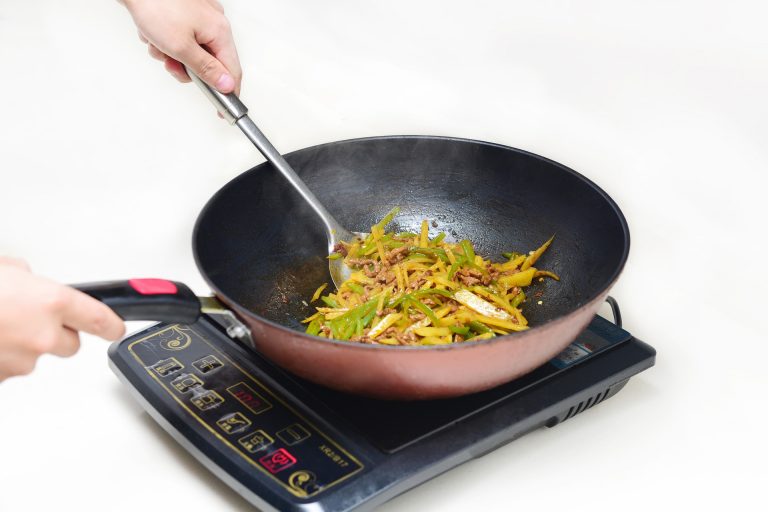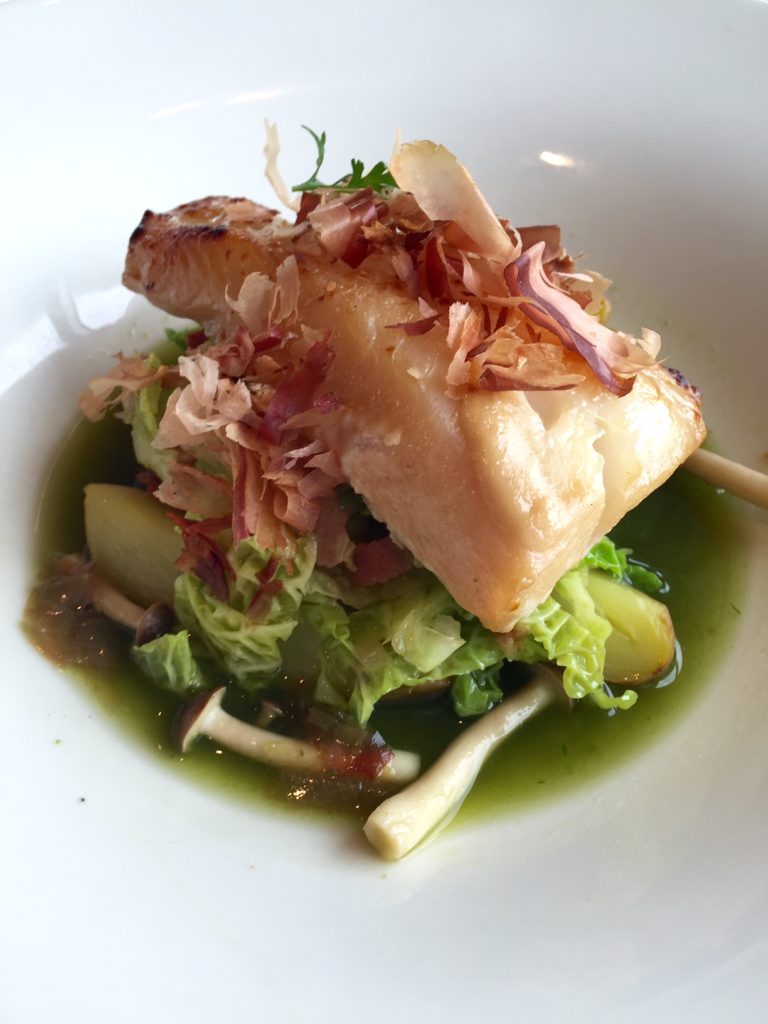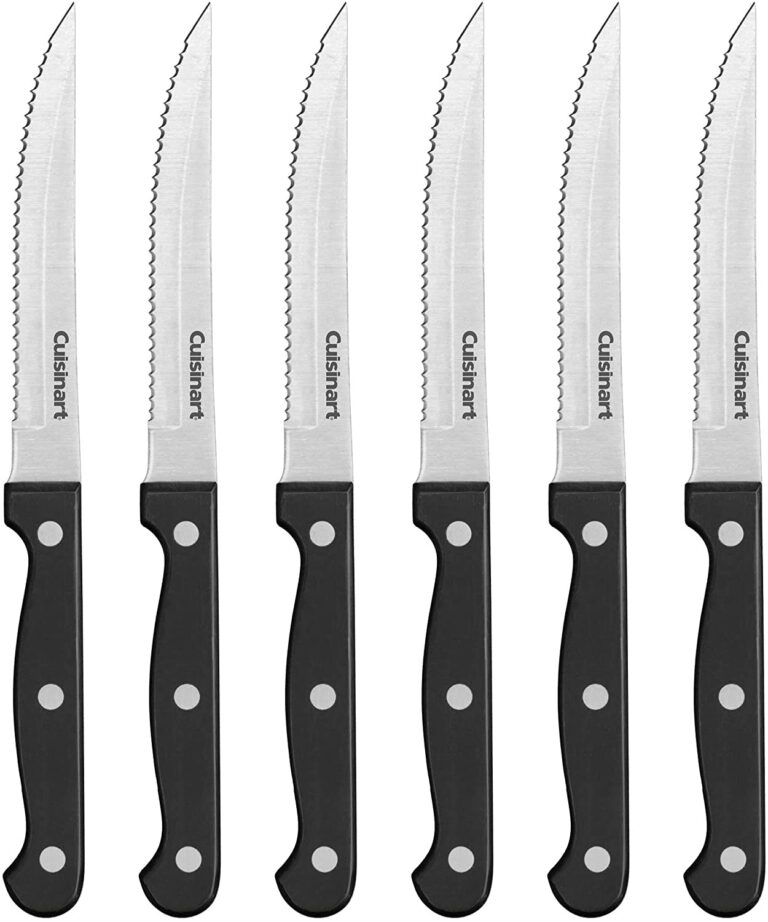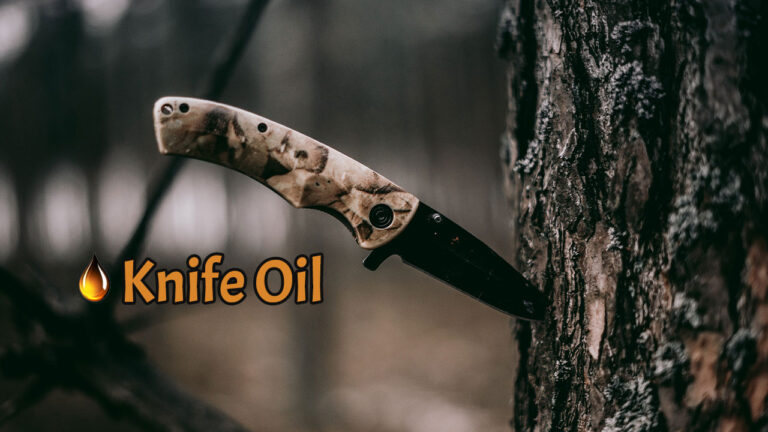If you are trying to make your favorite cuisine but cannot cut your food right because of how dull your knives can get, then you should consider investing in a whetstone.
Why do you ask? Well, you can save a lot of money and time on buying a sharpening stone than replacing your high-grade sushi knife again and again.
Whetstones can be made of an all-natural or synthetic material, which can be used dry, oil, or with water.
Once you invest in a whetstone, you can simply hone it until it feels brand new again. The best part is that you do not need to replace your knife ever again!
What you need
- Dull knife
- Whetstone (800-2000 grit)
- Bowl of water
- Sharpening steel (if necessary)
Understand your stones
Whetstones have a wide range of grit sizes. It is important to understand what kind of stones you are using when sharping your knife.
All of the whetstones are classified based on grits. Rough stones with about 200 to 500 grits are the first steps on removing any chips and minor damages on the blade.
Medium size grits from 800 to 2000 can smooth any type of rough edges from the blade.
Finally, stones that are around 3000 grits and above can polish and refine knives to cut tough meat, fish, or vegetables.
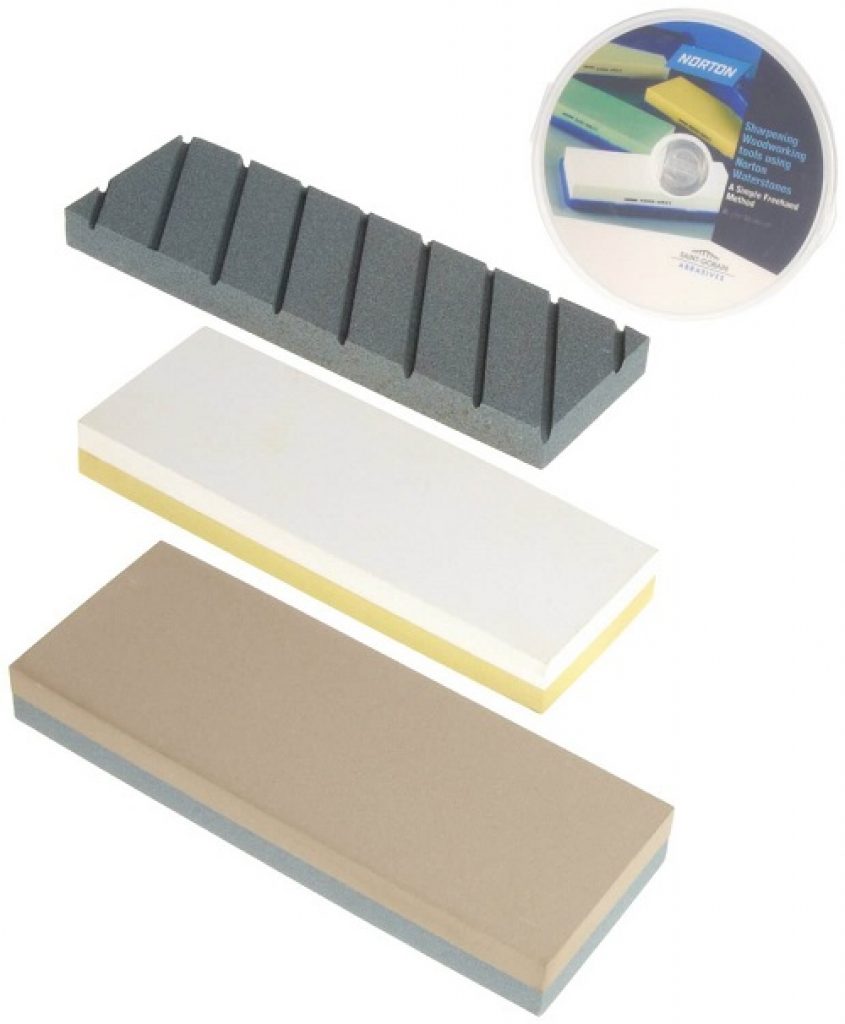
The higher the grits, the better quality of sharpening your knife.
However, it can be quite pricy as you go higher. Regardless, having a medium-size grit should be enough to have a nice smooth knife.
Wet your whetstone
People may ask this question, why do we need to wet our stone? Technically, you can still file your knife in a dry stone.
Nevertheless, keeping the stone wet can effectively hone your knife finer than a dry stone. Additionally, the stone produces a “sludge,” which helps remove material from the knife and makes it easier to slide the blade across.
So what shall we do? Go ahead and put water into the bowl, then place the whetstone in the bowl. Wait around 10 minutes (depending on the stone).
Keep an eye out for bubbles that are submerging from the stone. Once the bubbles are slowed down, it most likely means the stone is ready!
Sharpening your Knife
Once the stone is ready, you can now proceed with the next step! First, hold your knife about a 15-degree angle, which is half the size of your thumb. Next will be your hand placement.
Place your thumb on the spine (behind the blade) and place your index and middle finger on the heel.
Make sure when holding the knife, it should be at the same level as your arm. Your arm alining with the blade should help guide your way as you stroke the knife.
On your opposite hand, place your index and middle finger on top of the blade near the tip.

At this point, do not put too much pressure on the knife against the stone because it may damage both the whetstone and blade.
What you want to do is to apply moderate pressure and slide across starting from the tip to the base of the blade.
Once you stroke down, release the pressure and place your knife back up to the starting point. Remember this is an up-and-down sliding motion.
Repeat this process for about 10 to 15 strokes. After, flip the blade and repeat the process again so the knife can be symmetrical.
The most important to know is that every stroke should be at the same speed and consistency. The better consistency of stroking, the more effective the technique will be.
When you feel like the knife is sharp enough, try testing it out with a paper and analyzed if your knife can slice through it easily. If not, then try stroking your blade again just in case.
If you want to add some extra honing, then I recommend having sharpening steel. It should add the finishing touches with a couple of strokes aside.
Finally, rinse out your knife to remove all of the unnecessary particles and materials. Also, make sure to air-dry your stone. If you try drying the stone with a towel, it may get moldy.
What happens if I keep losing my edges?
If you are being consistent with honing your knife daily, yet your blade edges are still getting dull. It may be the way you are handing your knife.
Every knife has a different purpose in cutting certain objects or food. For example, Chef’s knife has the biggest blades for a reason (6-14 inches).
They are normally used to cut beef to vegetables. On the other hand, paring knives, which are smaller (2-4 inches) are used for cutting smaller food such as peeling fruits or chopping shrimps.
So if you are chopping beef or pork with a paring knife then there is a reason why your blade edges are getting dull fast. You may have to invest in a higher-quality knife to chop down those large meats.
Remember
- You do not have to sharpen and hone your knife every day, but stay consistent with it. Take care of your knife with some nice maintenance once every two weeks or if you feel that the knife is getting duller.
- Store your knife in a safe area. If you place your knife in a drawer, make sure it has a blade protector so it wouldn’t slam against the edges. This can cause damages from the tip of the blade.
- If you have trouble sharpening your knife, you may seek a professional. It is quite inexpensive if you head to your local butcher shop. It can save time and money as well.
- Keep in mind that even if your knife is dull, it does not mean it cannot still do any harm. Be sure to stay cautious as always when sharpening your dull knife.



